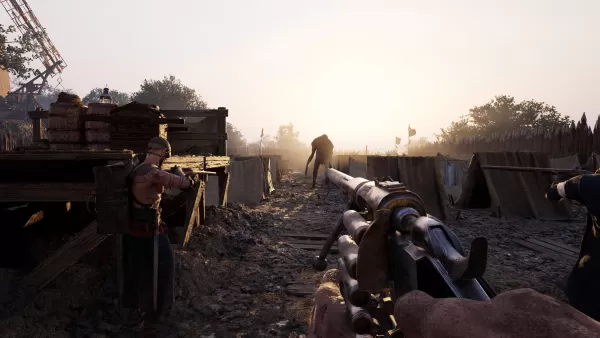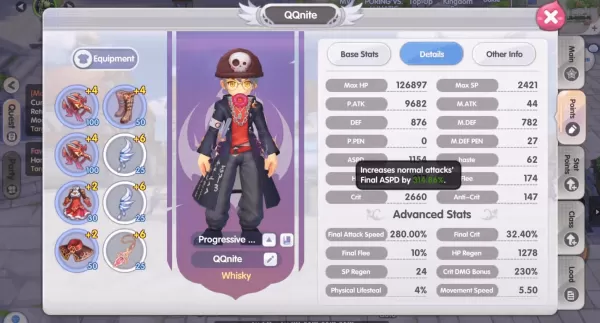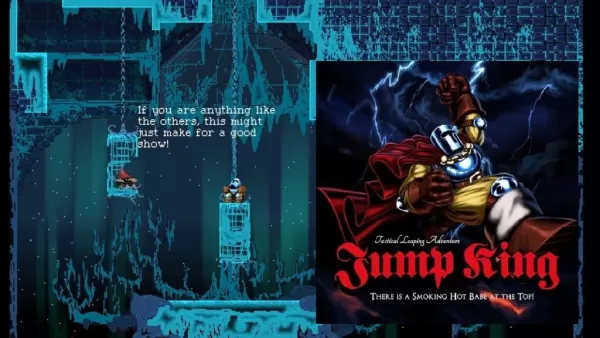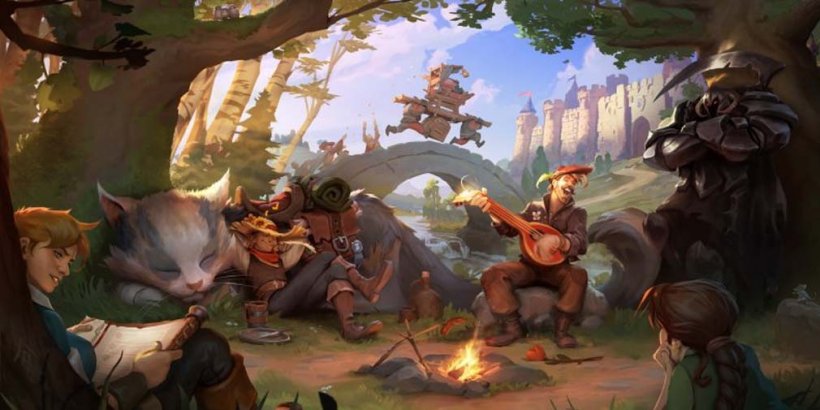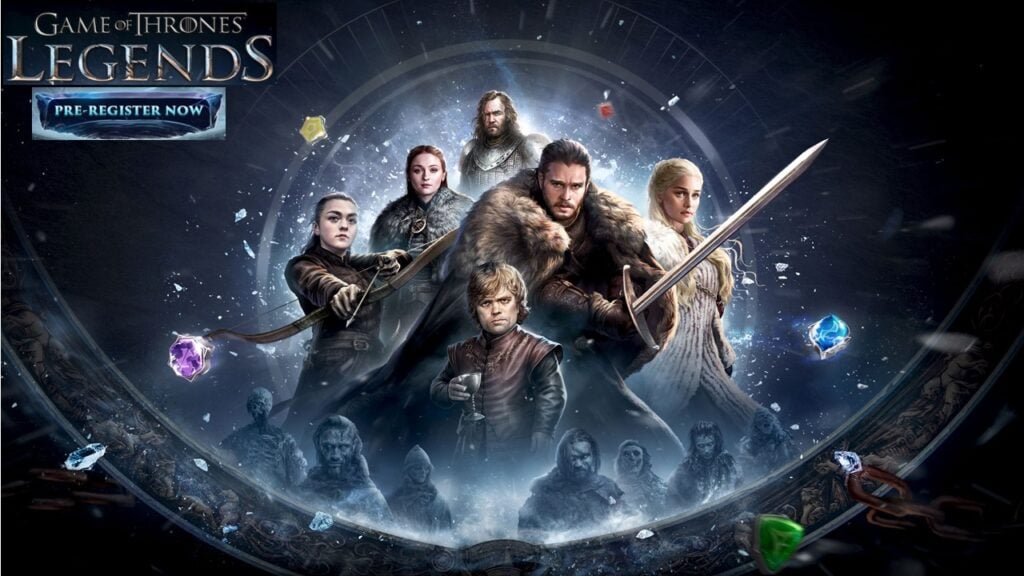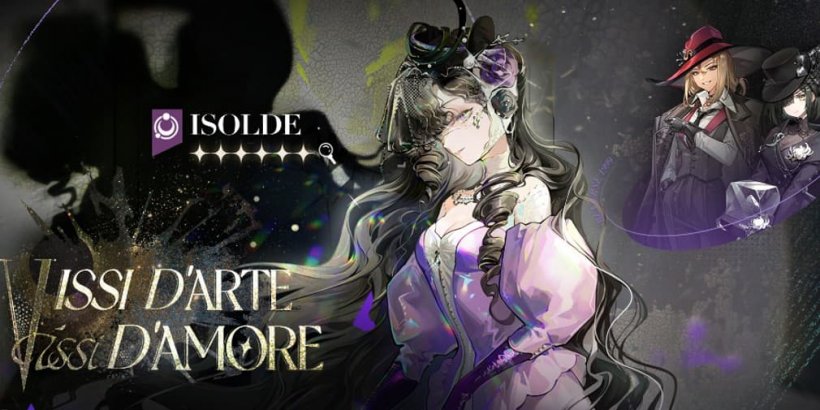The Lost Gems of The Sims 1 and 2: Forgotten Features We Want Back
- By Mia
- Mar 28,2025
The early days of Will Wright’s iconic life simulation games, *The Sims 1* and *The Sims 2*, were filled with charming details, immersive mechanics, and quirky surprises that have since faded from the series. These forgotten features, from deeply personal memory systems to unique NPC interactions, were what made the original games so magical and memorable. As the franchise evolved, many of these beloved elements were left behind, leaving fans nostalgic for their return. In this article, we'll delve into the lost gems of the first two games and explore the features that players still miss and hope to see again.
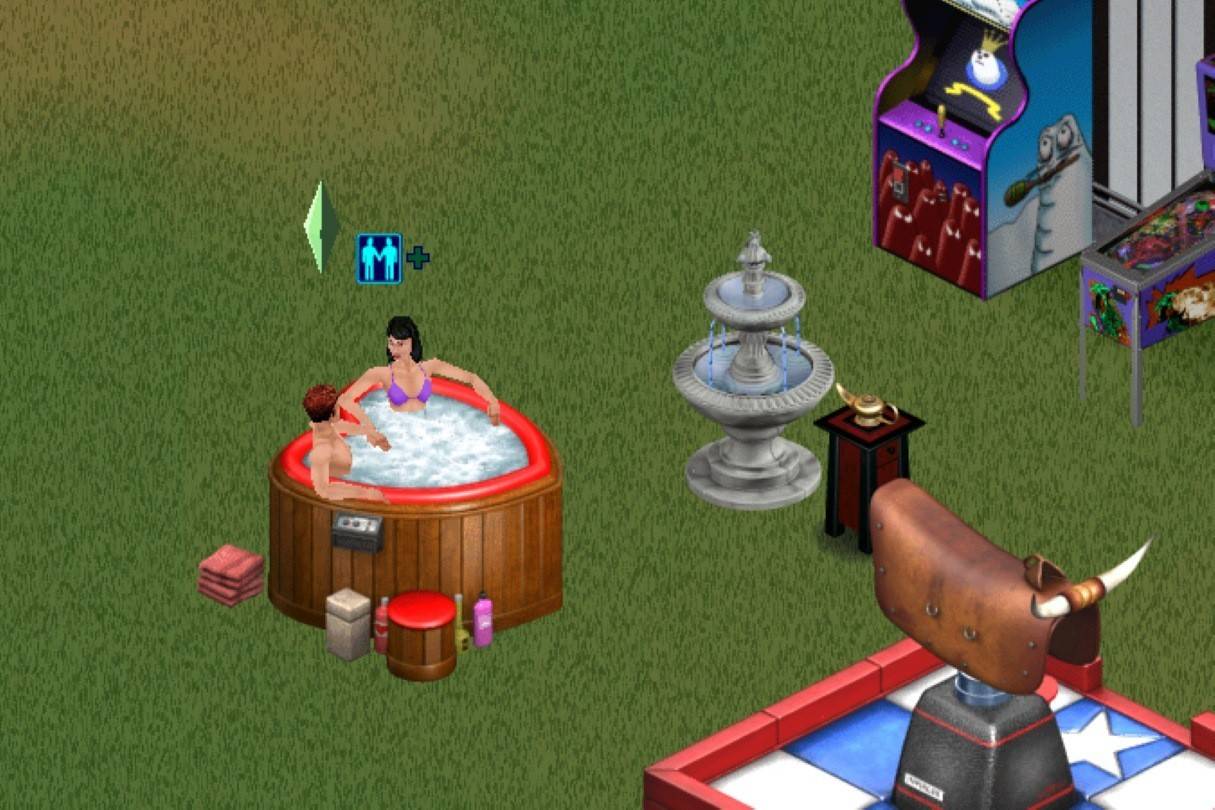 Image: ensigame.com
Image: ensigame.com
Table of Content ---
The Sims 1
- Authentic Plant Care
- Can’t Pay, Can’t Eat!
- A Genie’s Unexpected Gift
- The School of Hard Knocks
- Realistic WooHoo
- Fine Dining
- Thrills and Spills
- The Price of Fame
- Spellcasting in Makin’ Magic
- Singing Under the Stars
The Sims 2
- Running a Business
- Higher Education, Higher Rewards
- Nightlife
- The Excitement of Apartment Life
- Memories That Last, Love That Doesn’t
- Functional Clocks
- Shop ‘Til You Drop
- Unique NPCs
- Unlocking Hobbies
- A Helping Hand
0 0 Comment on this The Sims 1
Authentic Plant Care
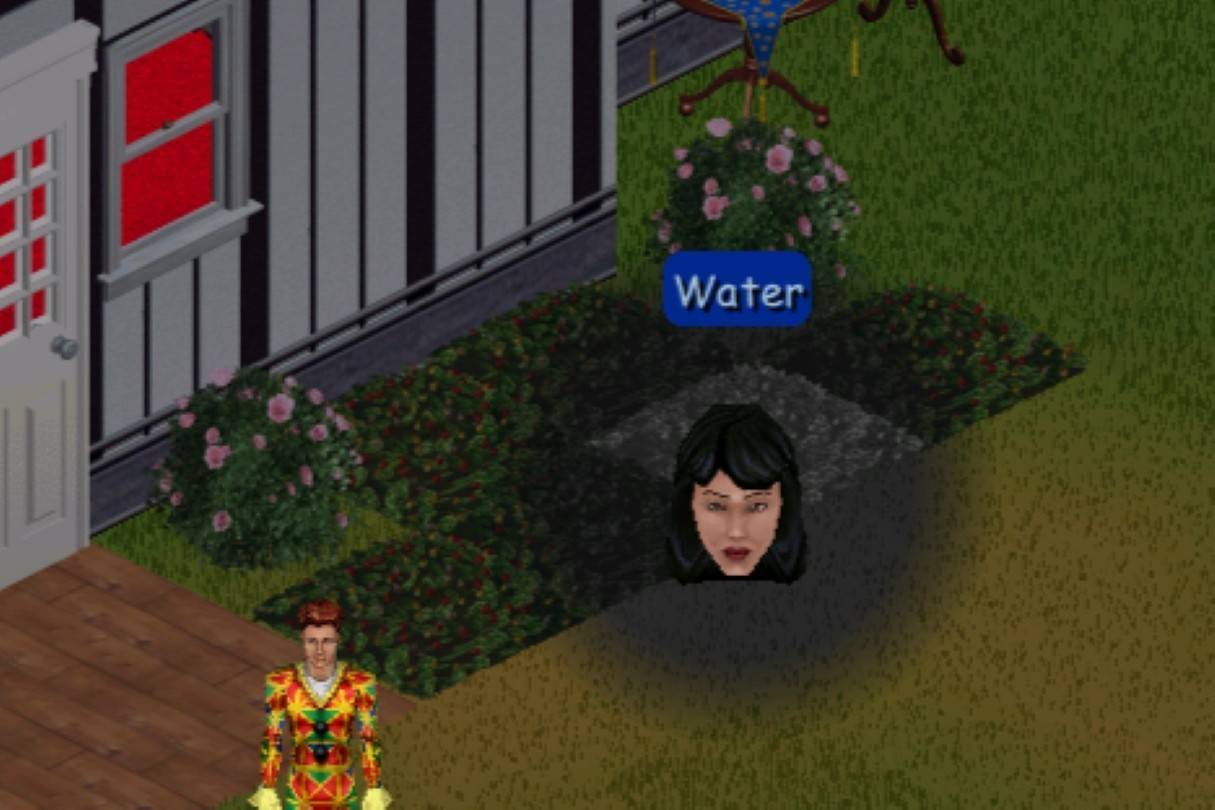 Image: ensigame.com
Image: ensigame.com
In the original game, indoor plants required diligent care to thrive. Neglecting them led to wilting, which not only affected the home's aesthetics but also lowered the "Room" need, subtly encouraging players to maintain their living spaces.
Can’t Pay, Can’t Eat!
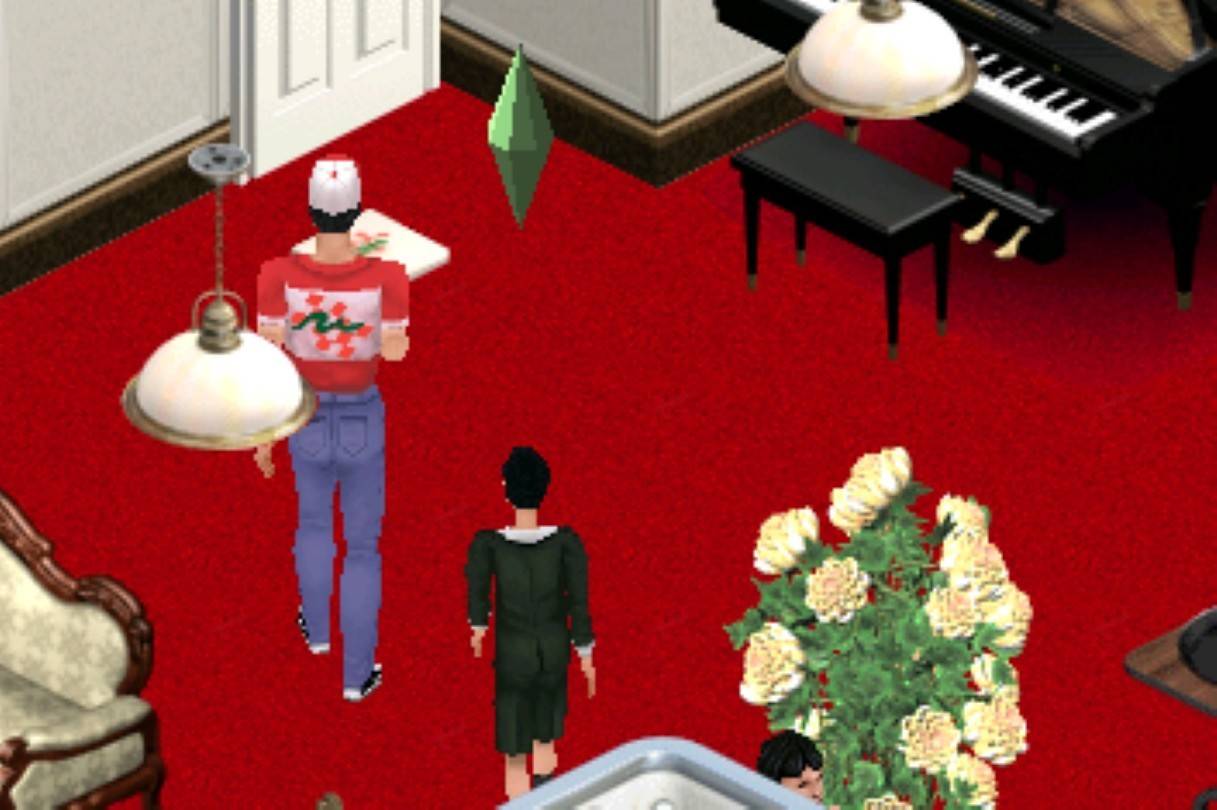 Image: ensigame.com
Image: ensigame.com
The pizza delivery man, Freddy, would show his frustration if your Sim couldn't afford their order. Instead of leaving, he'd reclaim the pizza and walk away, adding a realistic touch to the game's economy.
A Genie’s Unexpected Gift
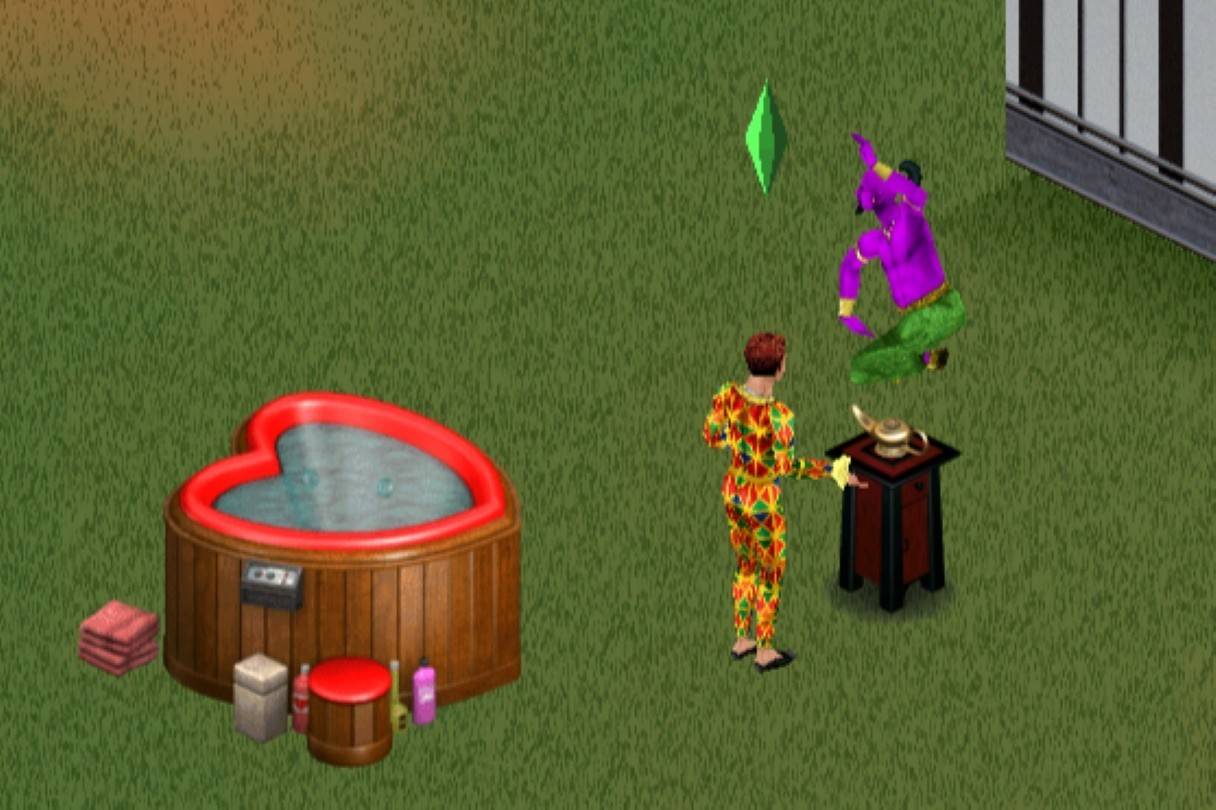 Image: ensigame.com
Image: ensigame.com
The genie lamp in the game offered daily wishes with lasting effects. Choosing the "water" wish could unexpectedly reward players with a luxurious hot tub, adding a delightful twist, especially during self-imposed challenges like the rags-to-riches scenario.
The School of Hard Knocks
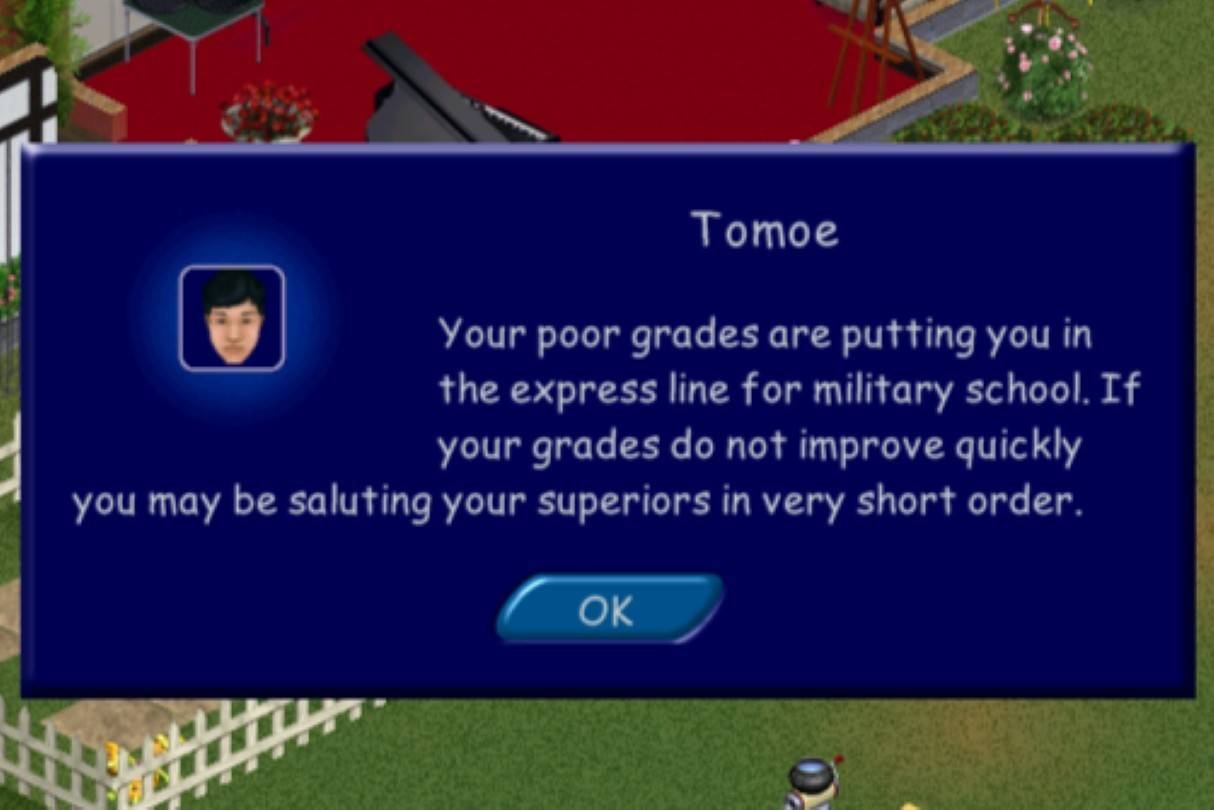
Education played a crucial role in Sims' lives, with academic performance impacting their future and immediate circumstances. High-achieving Sims received monetary gifts from grandparents, while those with poor grades faced the harsh consequence of being sent to military school, never to return.
Realistic WooHoo
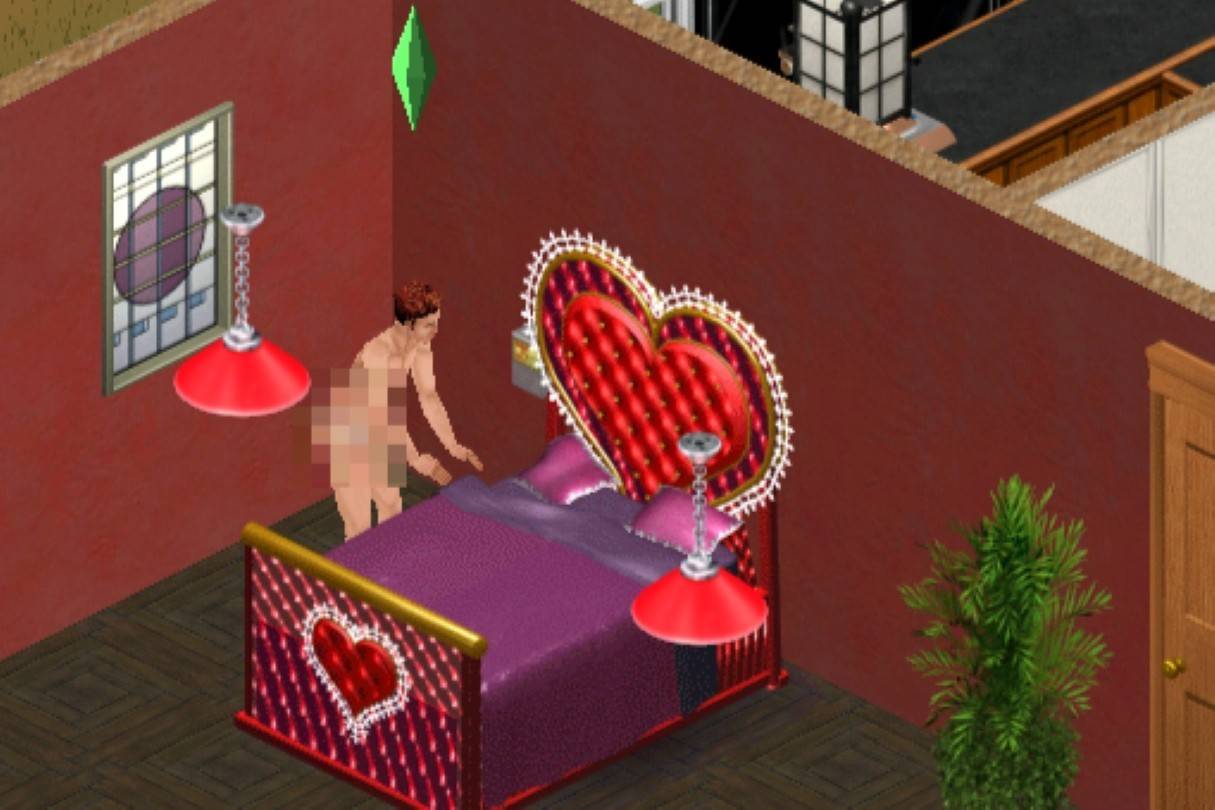 Image: ensigame.com
Image: ensigame.com
WooHoo in the original game was portrayed with surprising realism. Sims would undress before the act, and their post-WooHoo reactions varied, showing emotions ranging from joy to regret, adding depth to their interactions.
Fine Dining
 Image: ensigame.com
Image: ensigame.com
Sims in the early games used both a knife and a fork while eating, showcasing a level of sophistication that fans fondly remember, unlike the more simplified animations in later entries.
Thrills and Spills
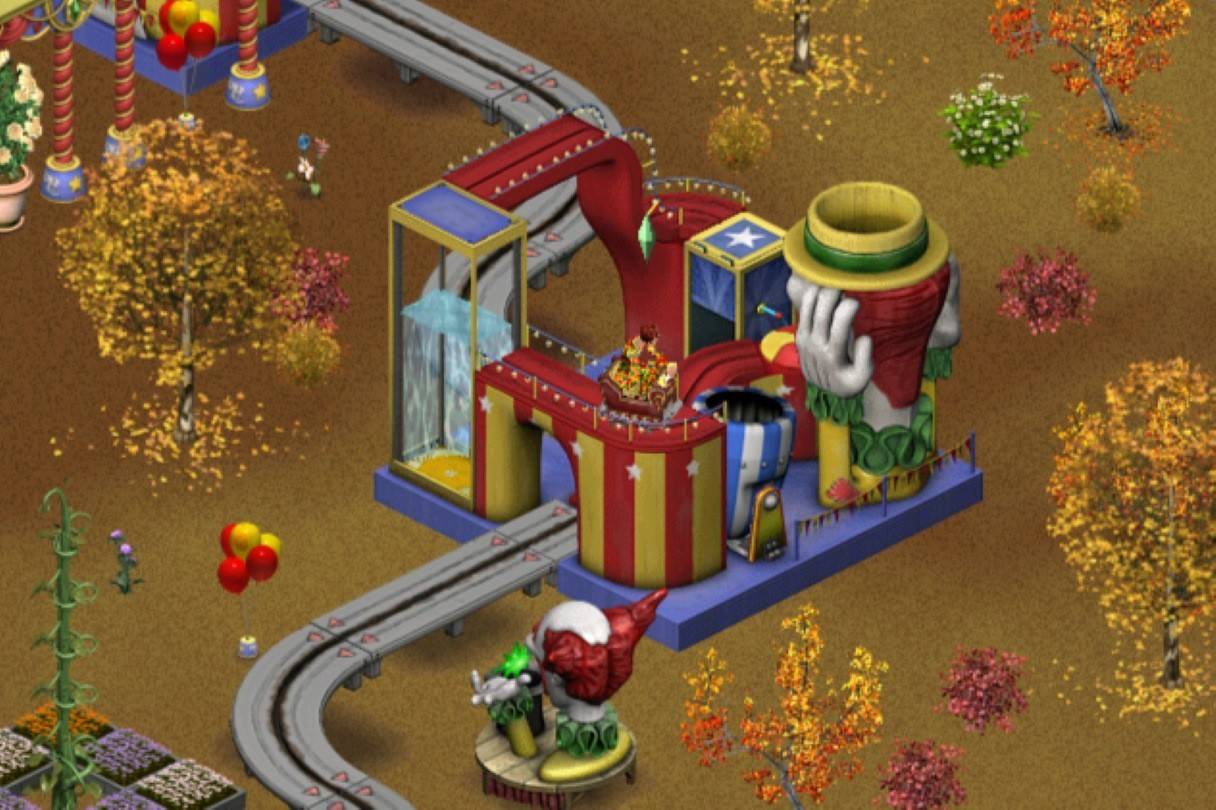 Image: ensigame.com
Image: ensigame.com
In The Sims: Makin’ Magic, roller coasters became a thrilling entertainment option. Two distinct roller coasters were available in Magic Town, and players could build their own on other community lots, bringing excitement to their Sims' world.
The Price of Fame
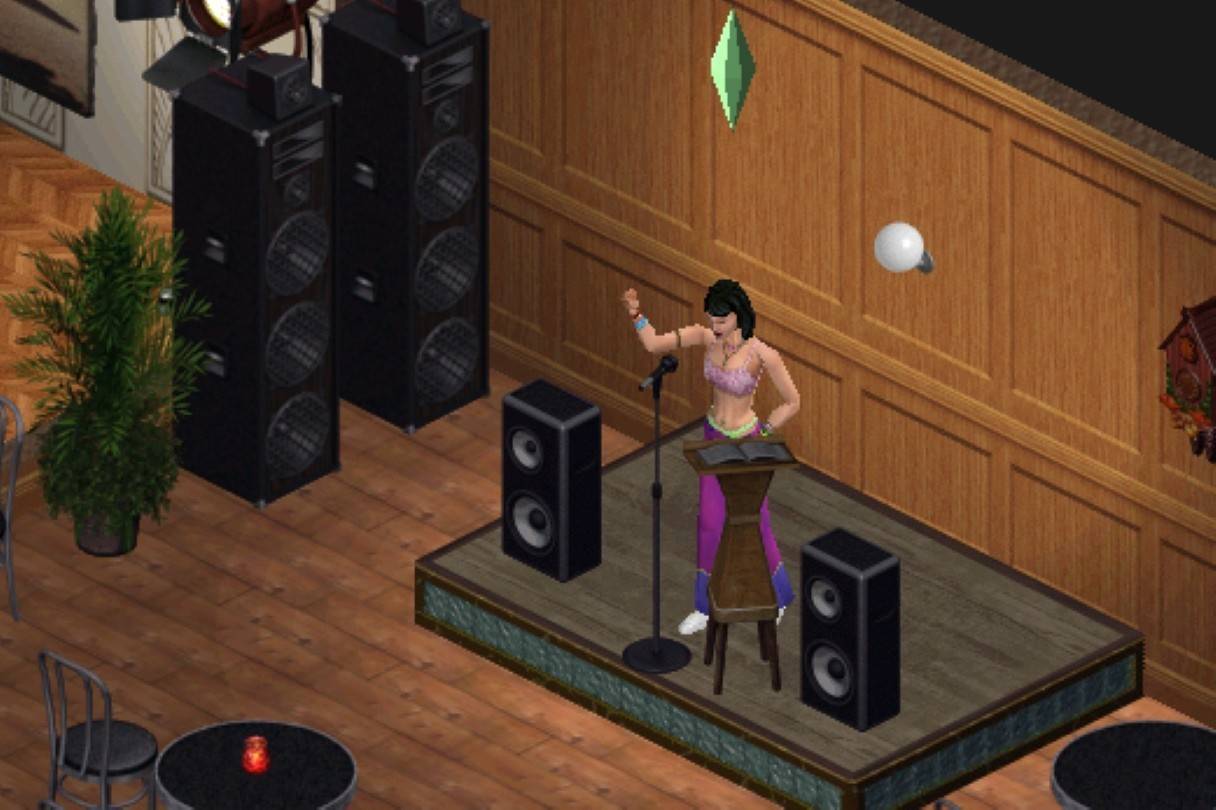 Image: ensigame.com
Image: ensigame.com
In The Sims: Superstar, Sims could pursue stardom through the SimCity Talent Agency. Fame was measured by a five-star Star Power system, influenced by performances in Studio Town. Success boosted their ranking, while poor performances or neglect could lead to a decline in fame, highlighting the fleeting nature of superstardom.
Spellcasting in Makin’ Magic
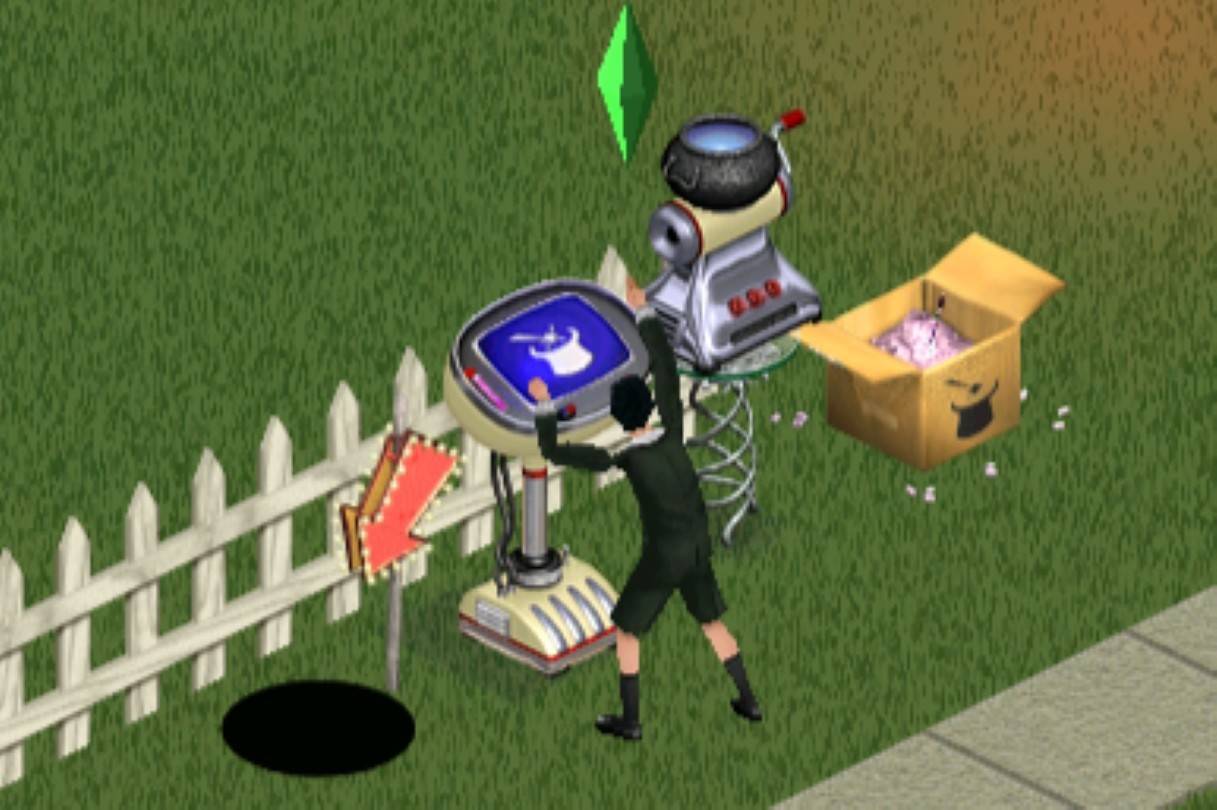 Image: ensigame.com
Image: ensigame.com
The Sims: Makin’ Magic introduced a detailed spellcasting system. Sims crafted spells using specific ingredients, with recipes documented in The Start Here Spellbook. This was the only entry where children could become spellcasters, adding a unique layer to gameplay.
Singing Under the Stars
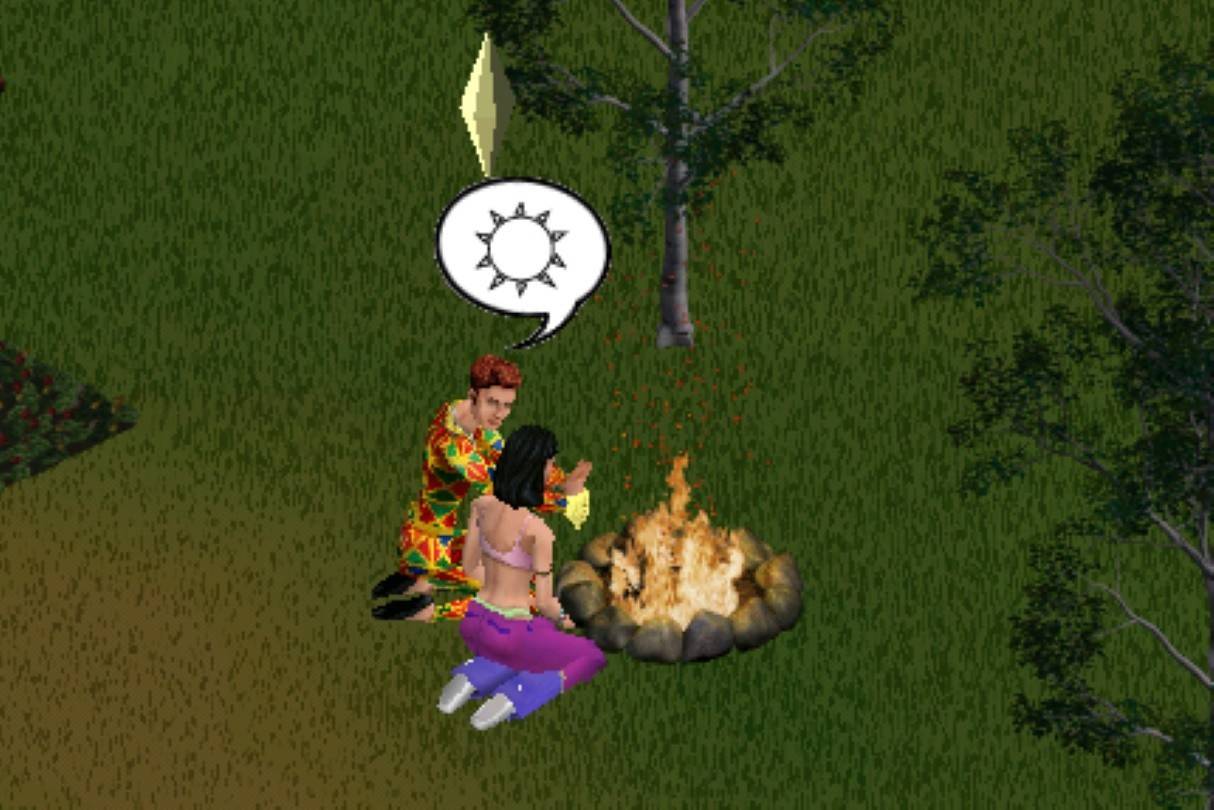 Image: ensigame.com
Image: ensigame.com
Around a campfire, Sims could sing folk songs, choosing from three different melodies. These singalongs added a charming social element, enhancing the outdoor experience.
The Sims 2
Running a Business
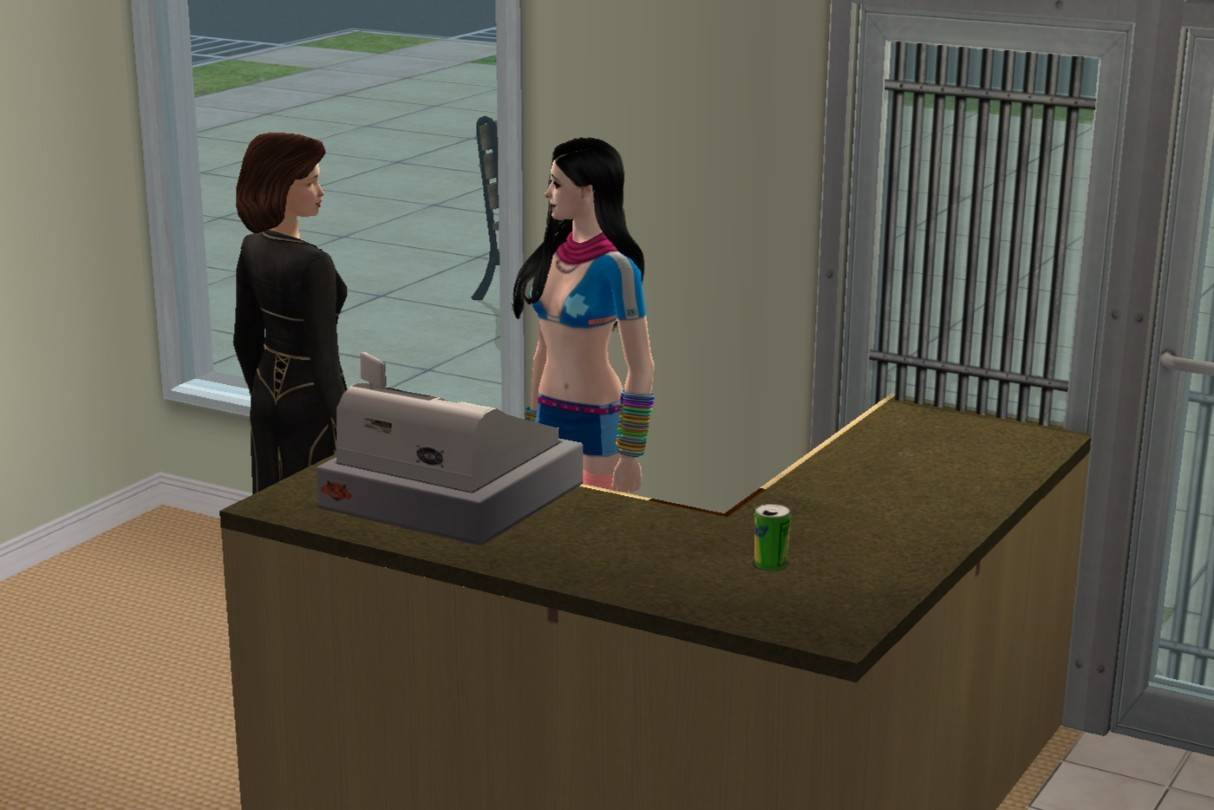 Image: ensigame.com
Image: ensigame.com
In The Sims 2, Sims could become entrepreneurs, opening businesses from home or dedicated venues. From fashion boutiques to restaurants, the possibilities were endless. Hiring motivated employees was key to success, allowing Sims to grow from small-time shop owners to business moguls.
Also read: 30 best mods for The Sims 2
Higher Education, Higher Rewards
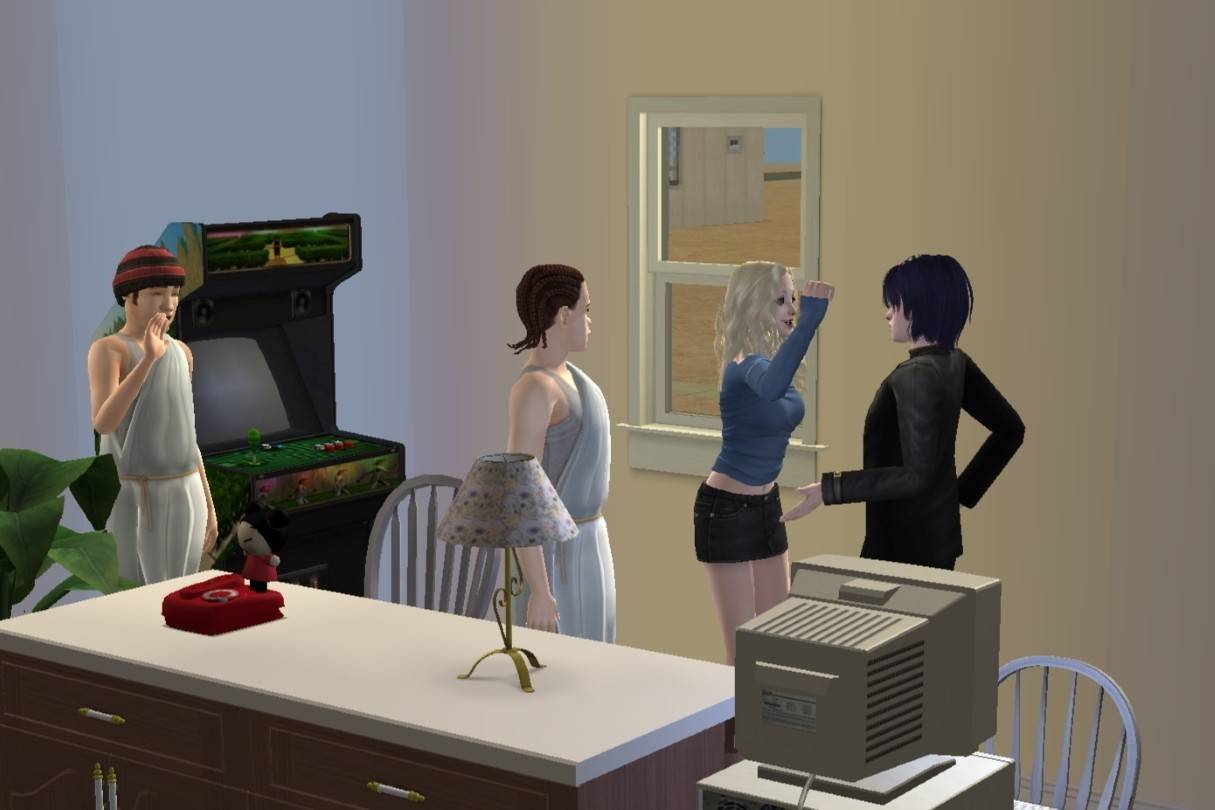 Image: ensigame.com
Image: ensigame.com
With The Sims 2: University, teens could transition to young adulthood by enrolling in college. Living in dorms or private residences, they balanced academics with social life, unlocking advanced career opportunities upon graduation.
Nightlife
 Image: ensigame.com
Image: ensigame.com
The Nightlife expansion introduced inventories, new social interactions, and over 125 objects. Romantic pursuits became more dynamic, with NPC dates leaving gifts or hate letters based on the evening's success. Iconic characters like DJs and vampires enriched the game's social scene.
The Excitement of Apartment Life
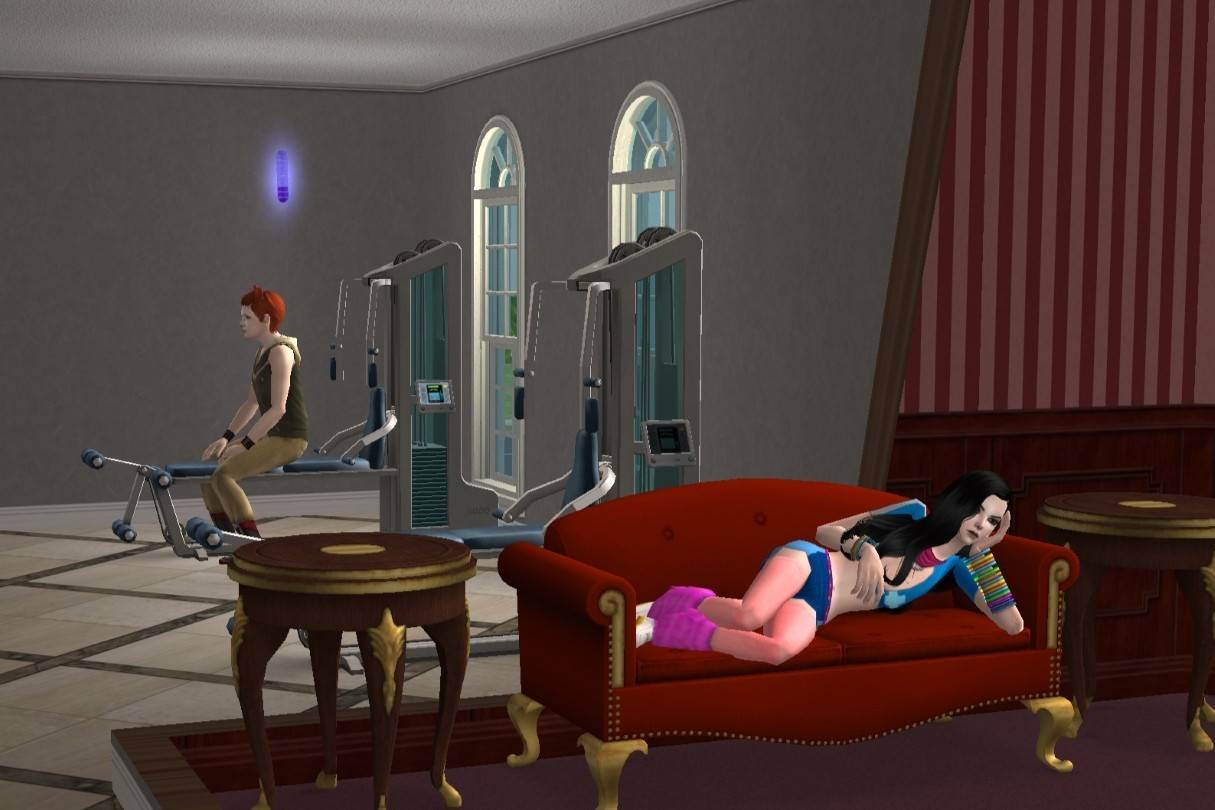 Image: ensigame.com
Image: ensigame.com
As the final expansion for The Sims 2, Apartment Life introduced urban living. Sims could move into bustling apartment buildings, fostering new friendships and career opportunities. From trendy lofts to luxurious apartments with personal butlers, the expansion added a layer of urban excitement.
Memories That Last, Love That Doesn’t
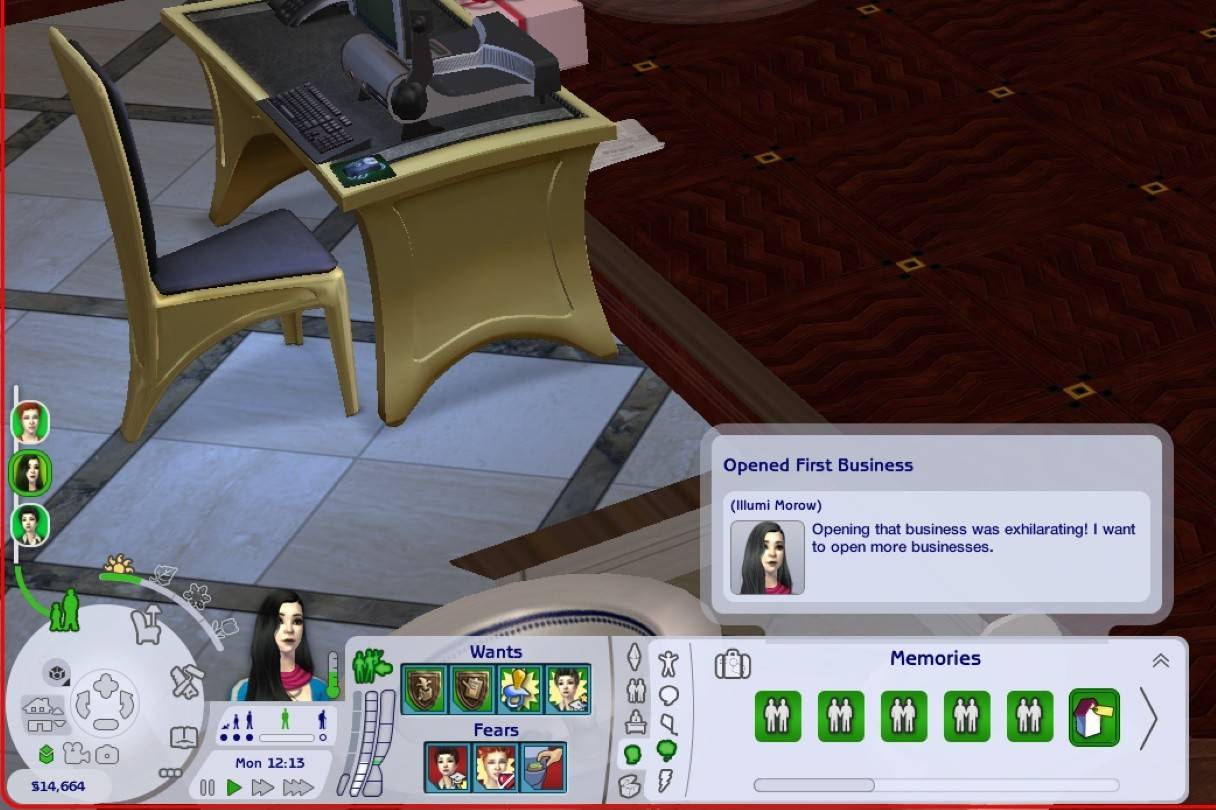 Image: ensigame.com
Image: ensigame.com
The Sims 2 introduced a memory system, allowing Sims to remember life events that shaped their personalities and interactions. The game also featured unrequited relationships, adding realism and drama.
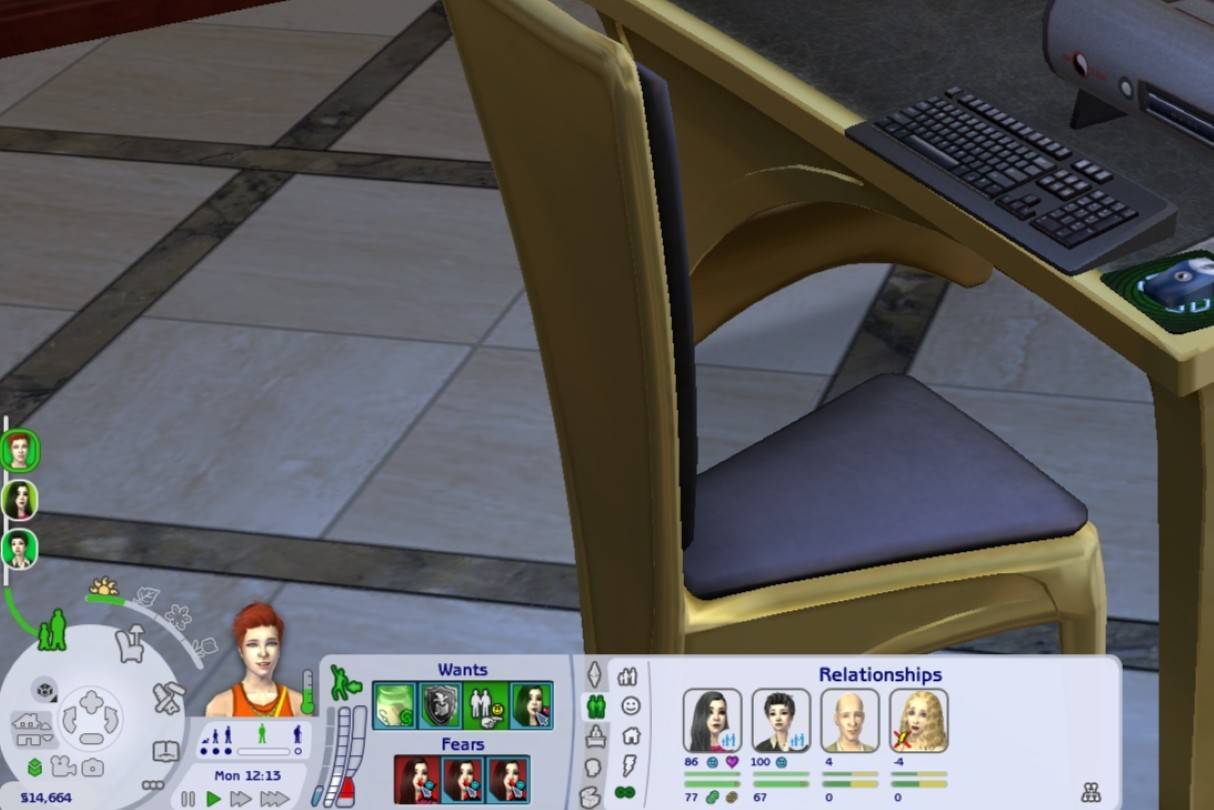 Image: ensigame.com
Image: ensigame.com
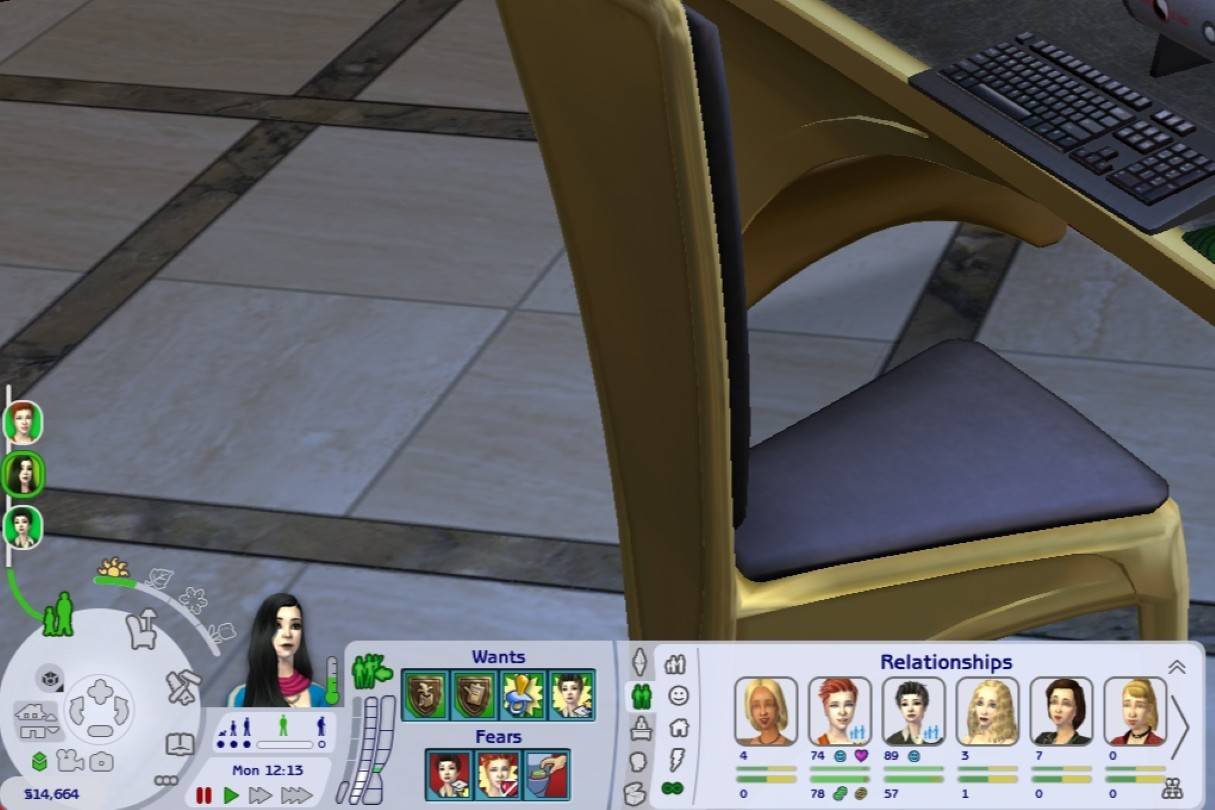 Image: ensigame.com
Image: ensigame.com
Functional Clocks
 Image: ensigame.com
Image: ensigame.com
Clocks in The Sims 2 displayed the actual in-game time, serving a practical purpose and allowing players to track the hours without relying solely on the interface.
Shop ‘Til You Drop
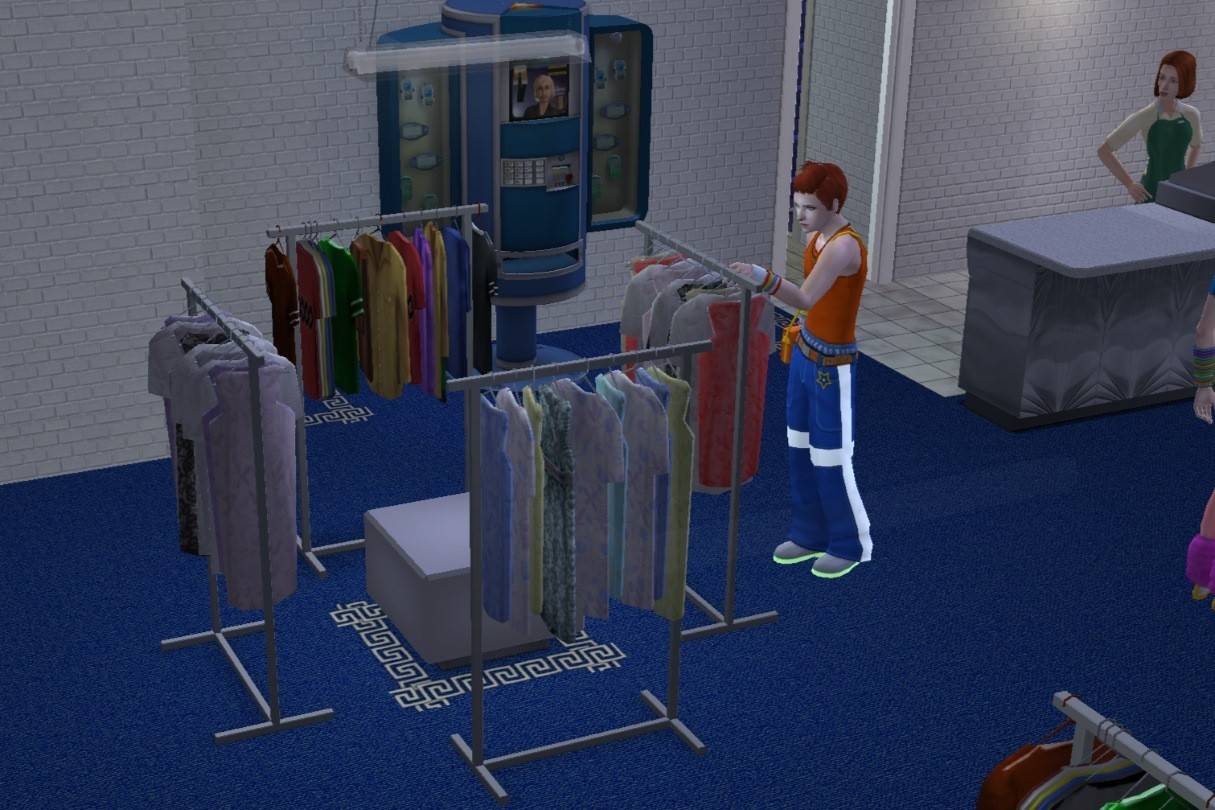 Image: ensigame.com
Image: ensigame.com
Unlike later games, The Sims 2 required Sims to shop for food and clothing. Refrigerators didn't stay stocked automatically, and newly aged-up Sims needed to purchase new outfits, adding a realistic touch to daily life.
Unique NPCs
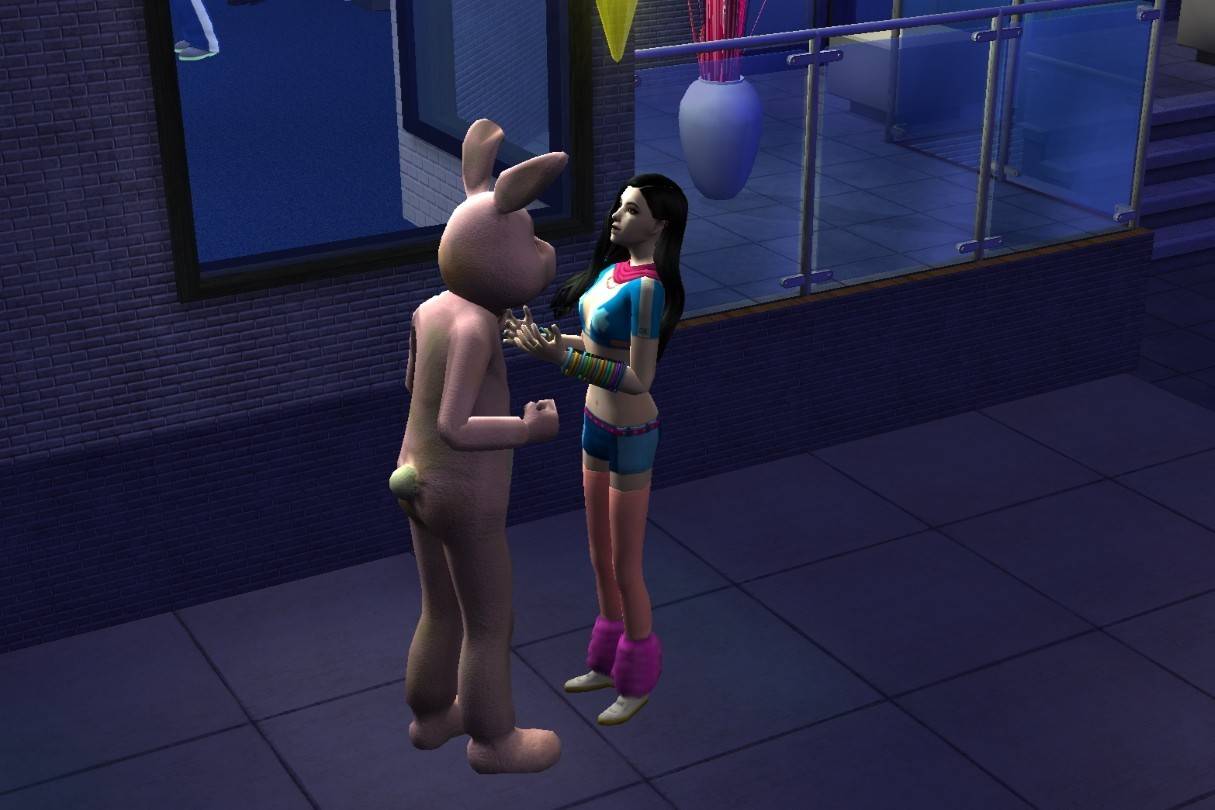 Image: ensigame.com
Image: ensigame.com
The Social Bunny appeared when a Sim's social needs plummeted, providing company. The Therapist intervened during breakdowns, adding unique NPC interactions to the game.
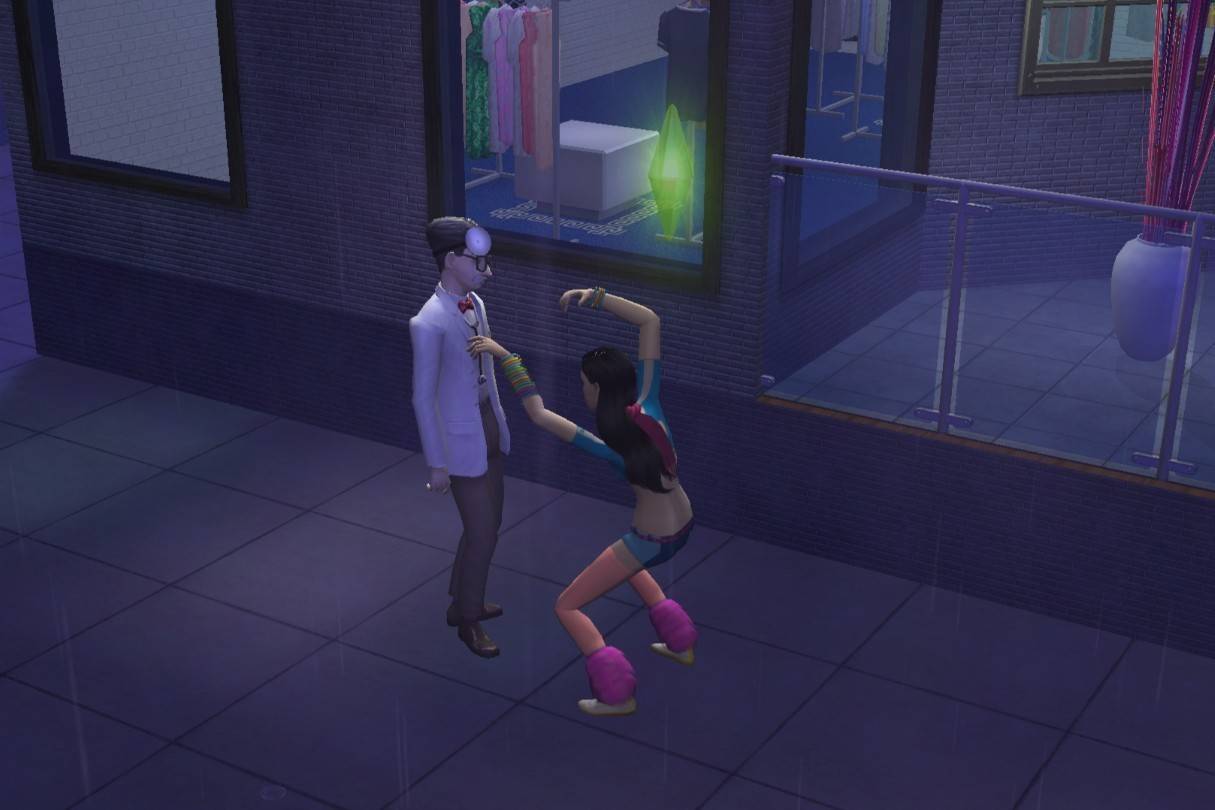 Image: ensigame.com
Image: ensigame.com
Unlocking Hobbies
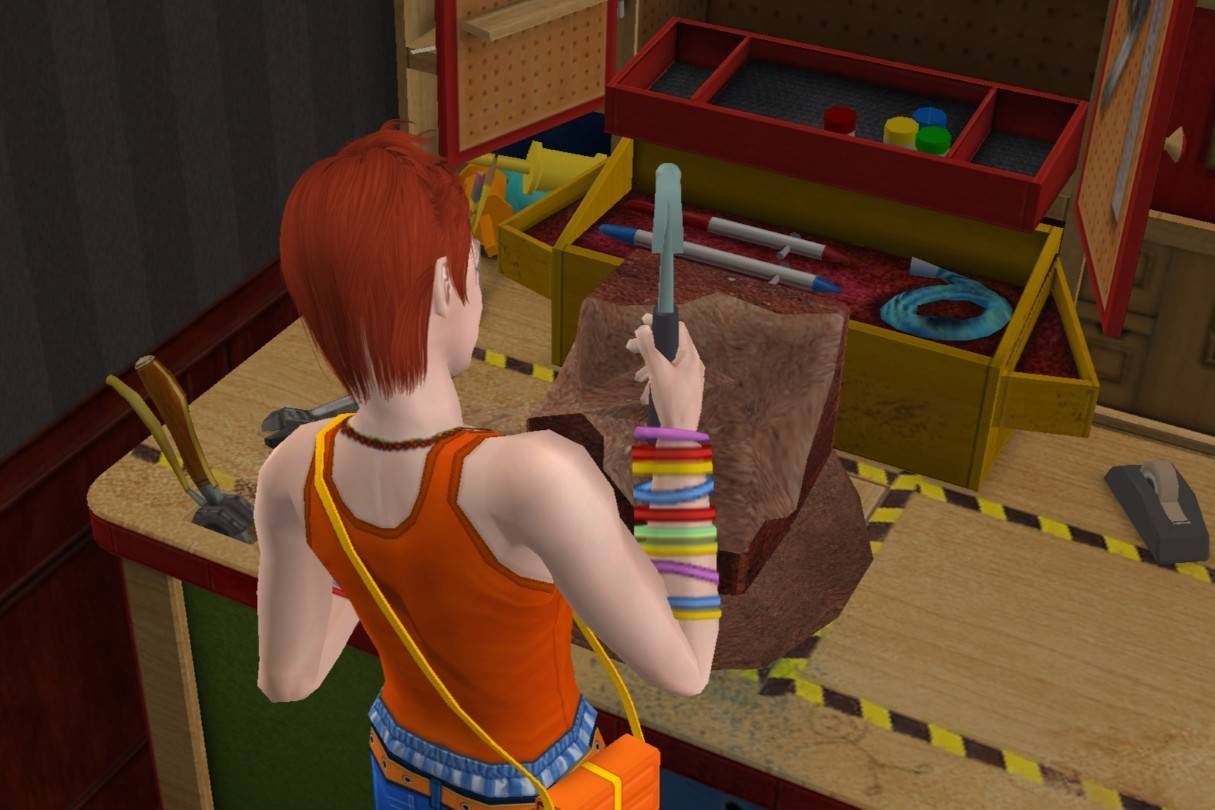 Image: ensigame.com
Image: ensigame.com
With FreeTime, Sims could engage in hobbies, enriching their lives beyond work. From football to ballet, hobbies fostered skill-building and personal fulfillment, unlocking exclusive career opportunities and secret rewards.
A Helping Hand
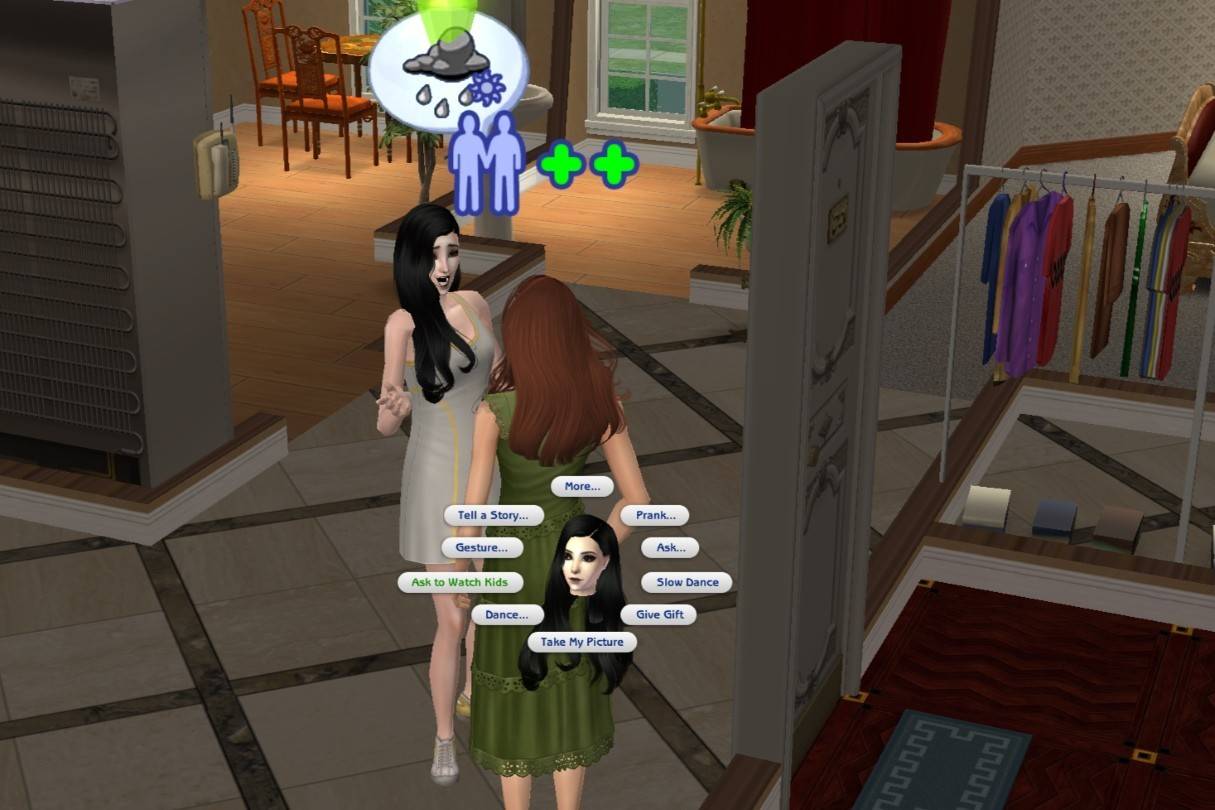 Image: ensigame.com
Image: ensigame.com
Strong relationships allowed Sims to ask neighbors for help with childcare, offering a personal alternative to hiring a nanny.
*The Sims 1* and *2* were groundbreaking with their depth, creativity, and unique features. While these elements may never return, they remain a nostalgic reminder of the special experiences that defined the early days of the Sims franchise.
